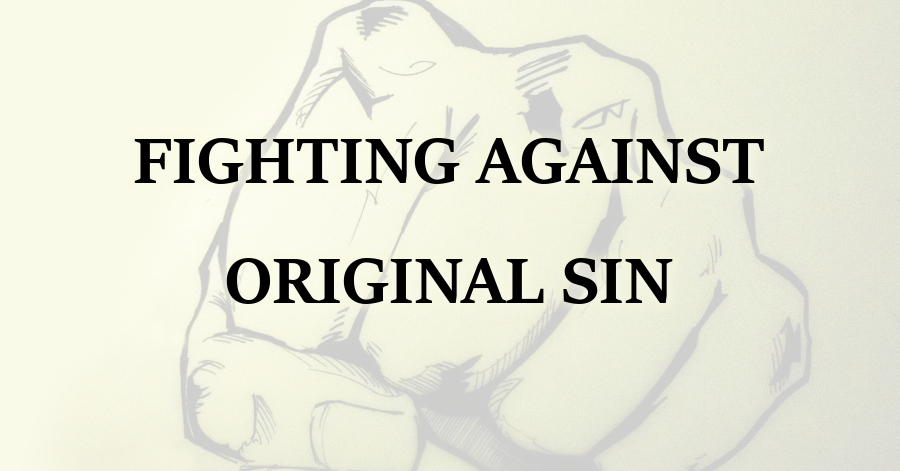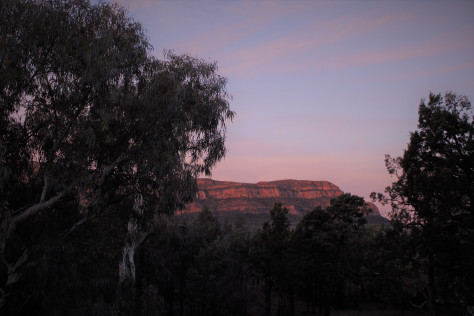
Today, I’m continuing my mini-series on the role of science in my Shades Below urban fantasy series. It’s been a lot of fun envisioning a universe where science and magic exist side-by-side. I’m super excited to pull back the curtain, and give you a peek at some of the things that have gone into creating that world.
As promised, I’m here to talk a little bit about one of the coolest, most unique features of The Wayfare Hotel for Restless Spirits: the oculus.
But before we get to that, let’s make sure we’re all on the same page regarding architectural terminology. Here is how Merriam-Webster defines an oculus:
OCULUS nounoc·u·lus \ˈä-kyə-ləs\
plural
oc·u·li \-ˌlī, -ˌlē\ 1 : a circular or oval window
2 : a circular opening at the top of a dome And here is a visual example:

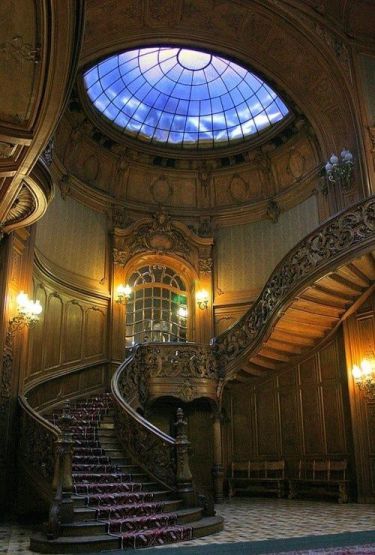

The oculus in The Wayfare looks a lot like the one in this picture (in fact, this is the picture I had in front of me when I was describing it). It’s basically a large, round skylight set into the ceiling above the third story landing, visible from the grand staircase. It is also – wait for it – a quantum elevator.
What?
You read it right. The quantum elevator is literally a portal between universes. This is my own spin on what is actually a fairly common trope in fantasy literature; think Lewis Carroll’s Looking Glass, or the wardrobe from The Chronicles of Narnia.
Unlike in those books, I’ve attempted to ground my elevator in existing scientific principles. That’s where quantum mechanics comes in.
There are several concepts that inspired the quantum elevator, and that have influenced the Shades Below Universe as a whole. Some of the biggest ones are:
- Multiverse Theory & Black Holes
- Quantum Entanglement
- Einstein-Rosen Bridges
Let’s jump right in, shall we?
Multiverse Theory & Black Holes
The multiverse theory is by no means new, and by no means limited to science. The existence of parallel universes has been explored by everyone from physicists to religious scholars to science fiction and fantasy authors. Think of The Land of Oz, Wonderland, Narnia, even the religious constructs of Heaven and Hell. What are these if not parallel worlds?
It’s easy to see why we are so fascinated by this concept. After all, how many of us wonder if there’s a world out there vastly different from our own, with different versions of ourselves making different decisions and living different lives? How many of us have wondered where we come from, or where we go when we die?
One of the fascinating, frustrating things about the multiverse is that each universe within it is completely separate, and completely self-contained. This means not only can we not measure it, but we can’t travel between universes, either.
One proposed exception to this is black holes- you know, the quicksand pits in space not even light itself can escape from. There are scientists who argue that a black hole is actually a portal within the walls of our universe, and that anything sucked into it can be spit out on “the other side” through the opposite of a black hole: a white hole.
So what’s on this “other side”? That’s the kicker. Nobody knows…which makes it perfect grist-for-the-mill for sci-fi and fantasy writers the world over.
Quantum EntanglementIn order to understand why quantum entanglement creeps physicists out so much, you first need to understand a little about physics.
In physics, you have some basic laws. You’re probably familiar with a few of them. They tell us things like an object at rest will remain at rest unless acted upon by an outside force, that nothing can travel faster than the speed of light, that objects are only influenced by their immediate surroundings.
Our modern reality is literally built on these rules. You can imagine the uproar that ensues when something comes along and breaks, well, pretty much all of them.
So what is quantum entanglement?
In a nutshell, it describes what happens when pairs or groups of particles act in tandem via no discernible physical connection, even when said particles are separated by a large distance. In 2015, several experiments were able to measure this phenomenon, and showed that when scientists acted upon one entangled particle, the other half of the pairing would respond as well.
The issue of quantum entanglement was first raised back in 1935, when a paper co-published by Albert Einstein and two of his contemporaries suggested that the then-infant science of quantum mechanics might be incomplete in its efforts to describe the physical world. The actual term “entanglement” seems to have been coined by Erwin Schrödinger, in a letter he wrote to Einstein following the paper’s publication.
That two of the most brilliant minds in modern history couldn’t decide what to make of this spooktacular phenomenon should tell you something. I’m having a blast trying to bend my head around it, and imagining what it might look like in the world of Shades Below.
Einstein-Rosen BridgesI first started researching this topic on the suggestion of a very smart friend, and quickly tumbled down the wormhole (ha. Haha. Ha).
Einstein-Rosen Bridges are deeply connected to both the multiverse theory and the theory of quantum entanglement. Rosen Bridges refer to one specific type of wormhole, the mathematics of which were first calculated by Albert Einstein and Nathan Rosen (one of the contemporaries he wrote that aformentioned paper with). These calculations came out of their initial work studying black holes; specifically, the gravity of black holes.
To picture a black hole, picture a giant whirlpool in space (it’s not a perfect analogy, but go with me here). Just like a whirlpool draws in water, so a black hole draws in, well, everything around it.
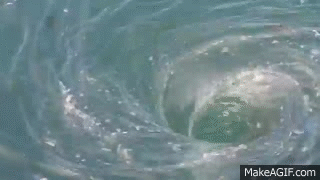
As you can see from the above gif, the whirlpool isn’t just flat. Look at the water. It’s being pulled downward, into a vortex.
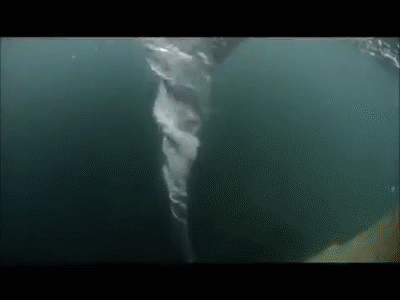
Einstein and Rosen theorized that black holes aren’t flat, either. Matter and light are pulled into a black hole just like water is pulled into a whirpool. But what happens after that?
According to Einstein and Rosen, the gravity at work in a black hole is so great, it essentially creates a vortex on the other side of the event horizon. This vortex, or wormhole, could theoretically act as a bridge between two different points in space and time.
While fascinating, after some research, I realized Rosen Bridges weren’t a perfect fit for my quantum elevator. They are incredibly unstable, opening in a blink and closing again almost as quickly. Learning about what it might require to stabilize them, however, has proved immensely helpful.
Scientists after Einstein and Rosen realized that traversible wormholes would need some kind of stabilizing agent to keep them from collapse. To address this, they came up with the theory of “negative matter”. Negative matter would have anti-gravitational properties, and thus keep the wormhole from collapsing in on itself.
Like much of quantum science, wormholes and negative matter so far remain just theory, but hey, I’m a writer. I can work with theory.
Thanks so much for reading! If you like this little series of mine, feel free to let me know in the comments. After that, stay tuned! For my next Science and Shades Below post, I’ll be taking you back in time for a look at the mystical precursor to modern science: alchemy.
Until next time…
Advertisements Share this:

